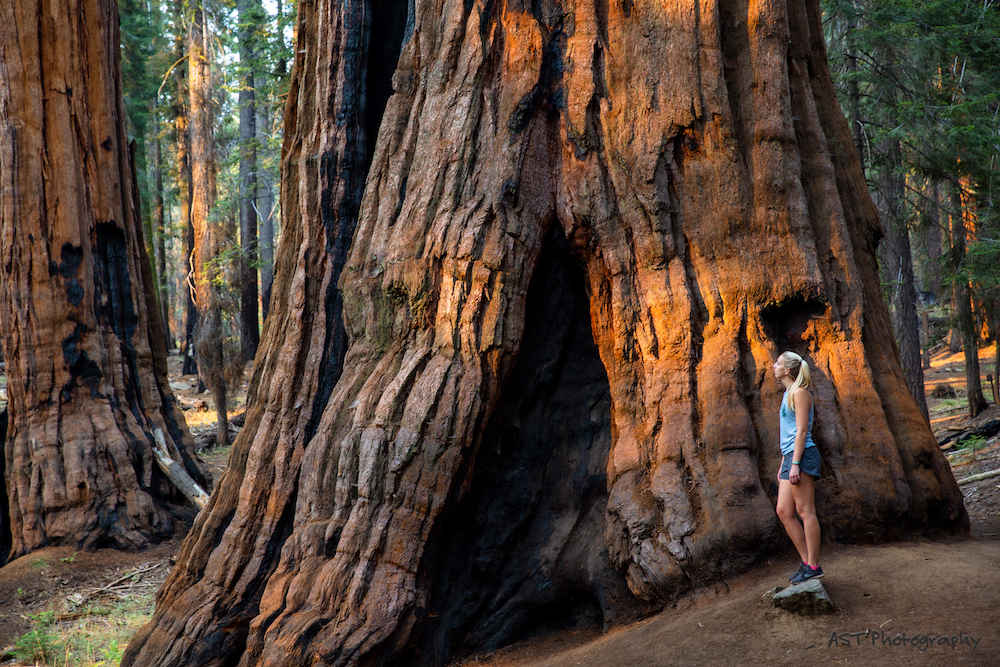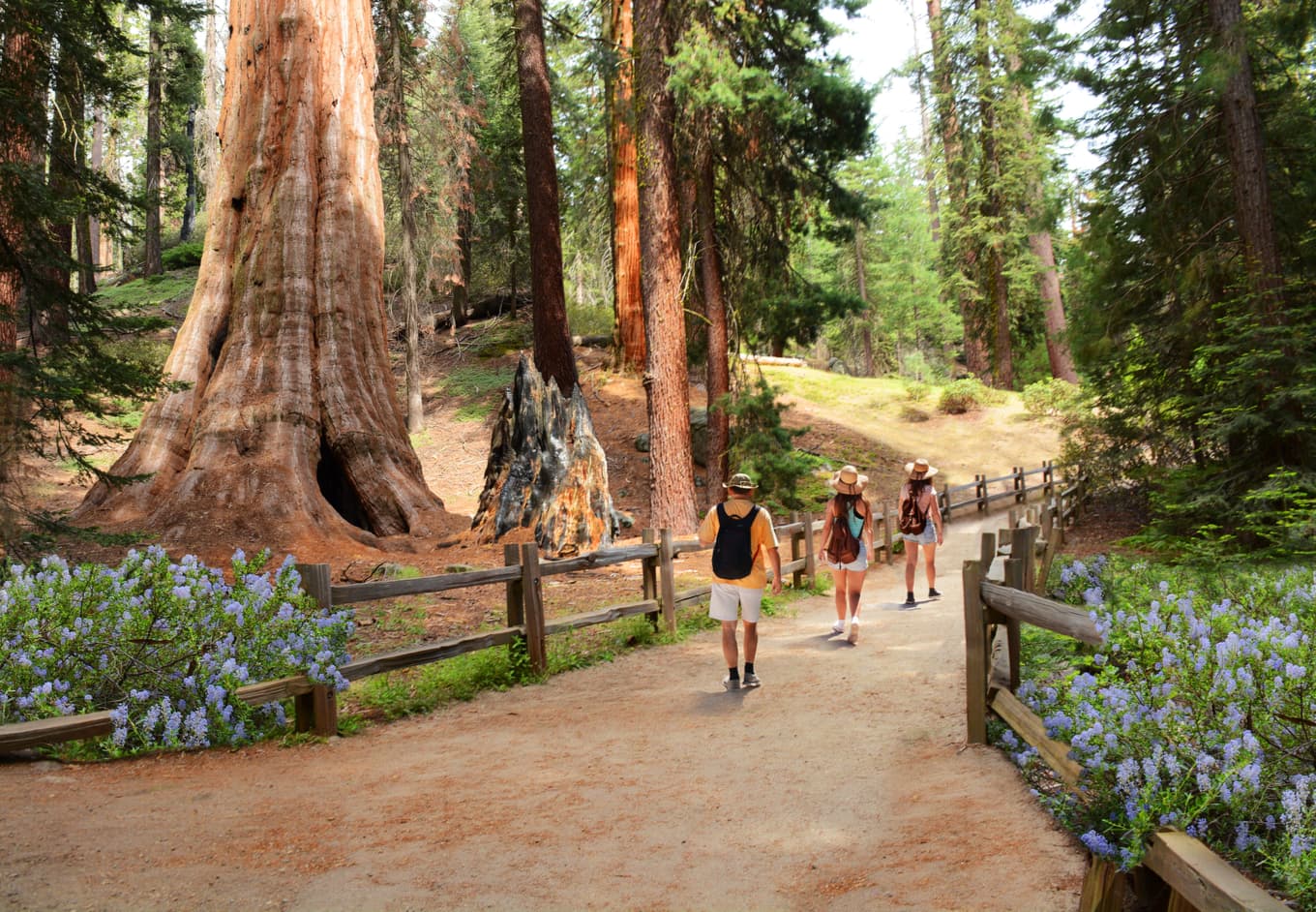Sequoia National Park Location-- Directions and How to Arrive
Sequoia National Park Location-- Directions and How to Arrive
Blog Article
Discover the Diverse Wild Animals Habitats Within Sequoia National Forest
Sequoia National Park is an ecological prize, showcasing a remarkable array of wild animals environments that add to its abundant biodiversity. From the impressive large sequoia woodlands to the varied towering meadows, each atmosphere plays a critical duty in sustaining different types, consisting of both typical and uncommon fauna. The interplay of these environments not just promotes an one-of-a-kind ecological community yet likewise highlights the significance of conservation initiatives in preserving this balance. As we examine the specific qualities of these habitats, fascinating questions occur concerning the interconnectedness of life within this amazing landscape.
Overview of Sequoia National Forest
Sequoia National Park, nestled in the southern Sierra Nevada chain of mountains of California, is renowned for its awesome landscapes and looming huge sequoias. Established in 1890, it is one of the oldest national forests in the United States, devoted to maintaining the natural elegance and environmental honesty of this distinct area. The park includes over 404,000 acres of varied terrain, including impressive mountains, deep canyons, and lush meadows.

Visitors can check out many treking routes, varying from leisurely walks to tough backcountry courses, each using an one-of-a-kind perspective of the park's majesty. With its mix of natural marvels and recreational opportunities, Sequoia National Park functions as a vital shelter for both wildlife and those seeking to attach with nature.

Major Wildlife Habitats
The diverse landscapes of Sequoia National Park produce a mosaic of wild animals environments that sustain a rich range of varieties. These habitats range from lush fields and thick forests to rocky alpine areas and large river valleys, each supplying special eco-friendly particular niches.
One prominent habitat is the large sequoia forest, identified by looming trees and a rich understory, which supports numerous animals, birds, and insects. The mixed conifer woodlands, composed of species such as sugar pine and white fir, deal additional sanctuary and food resources for wild animals.
Meadows and grasslands play a vital duty in the park's ecological communities, functioning as vital foraging grounds for herbivores like deer and small animals. These open areas likewise bring in varied bird types, specifically throughout migration seasons.
The park's higher elevations include towering environments, where problems are rough and varieties are adapted to make it through in such extremes (Sequoia National Park hour). Below, one can locate special vegetation and fauna that prosper in rocky, cold settings
Vegetation and Animal Variety
Within the diverse communities of Sequoia National forest, an exceptional range of vegetation and fauna coexists, showcasing the intricate connections that maintain the park's biodiversity. The park is home to over 1,300 plant types, consisting of the iconic gigantic sequoias, which are among the largest and earliest trees on Earth. These majestic trees offer essential environment and food resources for different wild animals, fostering a complex internet of environmental interactions.
Pet types in Sequoia National forest are similarly varied, with habitats ranging from lowland foothills to high towering atmospheres. Creatures such as black bears, mule deer, and bobcats flourish in this rich ecological community, while avian varieties, consisting of the marvelous gold eagle and the elusive seen owl, grace the skies. Amphibians and reptiles, like the Sierra newt and the western rattlesnake, likewise play crucial roles in keeping eco-friendly balance.
The park's special mix of elevation gradients and microclimates supports these diverse species, highlighting the value of preserving the natural environments that allow such an abundant tapestry of life to flourish. Recognizing this variety is essential for valuing the environmental significance of Sequoia National Park.
Conservation Efforts in the Park
Preservation initiatives in Sequoia National Park play an important function in guarding its unique communities and the varied species that inhabit them. The park utilizes a diverse method, consisting of environment restoration, types checking, and invasive types monitoring. These initiatives are crucial for keeping the delicate balance of the park's communities, which include giant sequoias, meadows, and alpine environments.
Energetic reconstruction projects concentrate on restoring indigenous plant areas and rehabilitating degraded habitats. Sequoia National Park hour. This is especially crucial in locations affected by human activity or natural disruptions such as wildfires. The park's biologists carry out regular monitoring of vital types, including the endangered Sierra Nevada bighorn lamb, to examine population wellness and notify management strategies
Intrusive varieties position a considerable danger to the park's biodiversity. Via these extensive campaigns, Sequoia National Park strives to secure its abundant all-natural heritage for future generations while guaranteeing the durability of its varied wildlife habitats.
Tips for Wildlife Monitoring
Observing wild animals in Sequoia National forest uses a distinct opportunity to link with nature and appreciate the diverse varieties that grow in this impressive environment. To maximize your wildlife monitoring experience, consider numerous essential pointers.
To start with, strategy your check out during very early morning or late mid-day, as these times are most energetic for numerous animals. Bring field glasses to observe wild animals from a risk-free distance without disturbing their natural behavior. Additionally, familiarize yourself with the species you wish to see; recognizing their habits and environments can boost your possibilities of identifying them.
Perseverance is important; wildlife observation typically needs waiting quietly and being conscious of your environments. Remain on marked routes to lessen your influence on the ecological community and guarantee your security. It is likewise recommended to preserve a respectful distance from pets, preventing any type of actions that could stress them or interrupt their setting.
Last but not least, consider signing up with guided trips led by educated park rangers. These specialists can provide useful understandings and boost your opportunities of witnessing wild animals in their natural setups. By complying with these ideas, you can improve your experience and add to the conservation of Sequoia's wildlife.

Final Thought
Sequoia National forest offers as a vital haven for diverse wild animals, showcasing an exceptional variety of habitats that support numerous species. The interaction in between link large sequoia forests, mixed conifer woodlands, meadows, and towering regions fosters an abundant environmental tapestry. Continuous preservation efforts are vital for preserving these environments and the special flora and animals that occupy them. Ultimately, the park's biodiversity underscores the importance of preserving such natural landscapes for future generations.
Please visit one of our local supporters - Https://wholesaleliquidationpallet.com/shop/
Report this page